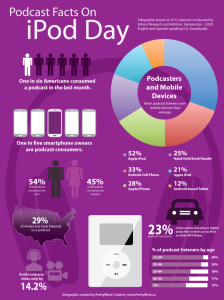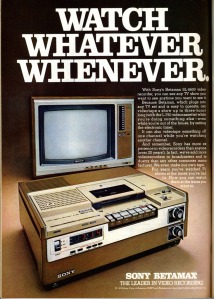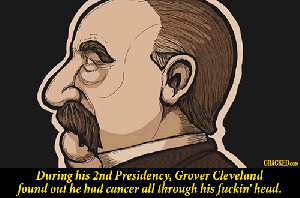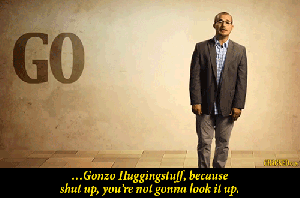For as long as I worked at Walt Disney World, I would look at the bright fluttering colors, hear the busy, not quite too loud music, and smell the piped in scents of cinnamon rolls and I would think about how overwhelming it must be to someone on their first visit. What would grab your attention first? How would you navigate among the crowds of spring breakers, annual passholders, and confused families?
Now, I know my way around Walt Disney World. After ten years, I know Magic Kingdom better than my hometown and I could navigate Epcot with my eyes shut. I was an expert at weaving in and out of crowds, finding the smallest gaps I could fit through to speed walk my way out of a park after the evening fireworks. I had parade times and routes memorized and I could find any character that was out at any given time.
In late August 2015, my husband surprised me with a weekend trip to Florida to show my 7-week-old off to my friends. I was excited to see how this would play out. Sure, I had spent countless hours working and playing in all four parks at Walt Disney World, but of course I had never once thought about the baby care centers or how inconvenient they might be.
While it was wonderful to see my friends and show them my daughter, going to Walt Disney World with a tiny baby in late August is probably one of the worst judgments I’ve every made. A newborn just wants to sleep, so my attempts to introduce her to the many chipmunks I knew were simply slept through, and the rest of our day was spent strategizing around the single baby care centers to nurse, all while worrying that my daughter would get heat stroke.

But by spring break time this year, my daughter was 9 months old, and I had conceived an idea to have her wear a GoPro. I wanted to know what grabbed the attention of a baby at a Disney park.Was it the castle? The characters? The other guests? My daughter is very cooperative, so I figured I’d just strap a camera to her head and record what she saw.

The most important lesson I learned from this visit to Disneyland is that getting a 9 month old baby to wear a GoPro is a silly ambition.
I present to you the full, unedited cut of Evelyn’s GoPro experience as we walked into Disneyland.
For nine minutes Evelyn shows little to no interest in the Disney magic and much more interest in thing taking place in her stroller. Her cookie, the wrapper for her cookie, her beloved stuffed cat Lala, and the GoPro itself are all much more worthy of inspection to Evelyn than characters or landmarks. If Evelyn appears to look at anything beyond her small bubble, it might be the trees. The video lasts until I meet up with my family for breakfast. After breakfast, Evelyn and I had to go searching for the baby care center to nurse (which of course is on the opposite side of Main Street, USA than it is in Magic Kingdom), and then she took a two hour nap in her stroller. We rode zero rides and saw no shows. Evelyn’s favorite part was meeting Minnie Mouse after her nap in Disney’s California Adventure.
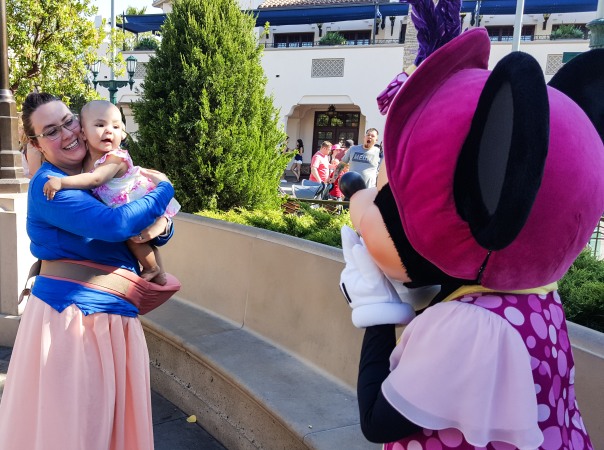
It’s worth noting that my daughter points at EVERYTHING. Sometimes she’s pointing at what she wants, sometimes she’s just pointing to point. Sometimes she walks around with her hand curled in a point, read to unleash it like a cowboy in an old western. But for nine minutes as she was being introduced to Disneyland, she points at nothing. Either nothing interested her or too much did and she felt overwhelmed.
My own experience at Disneyland was one of surrealism. I had entered the park with misplaced confidence. I was so sure that DisneyLand would be nearly identical to Magic Kingdom at Walt Disney World that I never bothered to look at a map before I left. Instead, Disneyland is just close enough to Magic Kingdom to be constantly disorienting, like a dream you might have about your hometown. Things look the same, but it slowly dawns on you that everything is just a little off. I spent the duration of Evelyn’s nap walking swiftly and confidently one direction before stopping to realize that I had no idea where I was.
After our baby center visit, we attempted to meet up with my husband and his kids in TomorrowLand. TomorrowLand in Magic Kingdom
The one thing that kept me from breaking down was that I had no desire to experience everything Disneyland had to offer. I wasn’t trying to ride every ride or make it from rope drop to fireworks with no breaks in between. My husband and his two older kids took off to find thrill rides, and I was content walking around with my daughter, just doing what seemed to make her happy at any given moment. Very few guests enter a Disney park with that mindset. I am left wondering is who Disney Parks were designed for. At first glance, one might think Walt Disney World was a magical playland made only for children. But I had only known Disney as an adult, and often felt it was made to appeal more to me than to children. The mazes and constant stimuli are truly only navigable by those whose senses had become deadened to them: the employees. The size of each of the parks was really too much for children to take in. What, in all that noise and color, would grab the attention of a small child?
Walt Disney designed his parks very deliberately with attention to detail that is often appreciated only on a subconscious level. The buildings on Main Street are designed with forced perspective to achieve the appearance of height without dominating the skyline. You are never more than 20 feet away from a garbage can in the parks, thanks to an experiment Walt performed on Disneyland’s opening day. Entertainment, refreshment, and attractions are laid out specifically to control traffic flow. Entire sections of bookstores are devoted to guides claiming to help tourists overcome these traps and enjoy the parks in the most efficient way possible.
What I have learned is that the most efficient to experience the parks is not to go with a plan, beyond maybe a mental note of favorite rides or characters you have to meet. The most efficient way to enjoy the parks is to enjoy the people you visit with and not worry about how much “theme parking” you get done.


